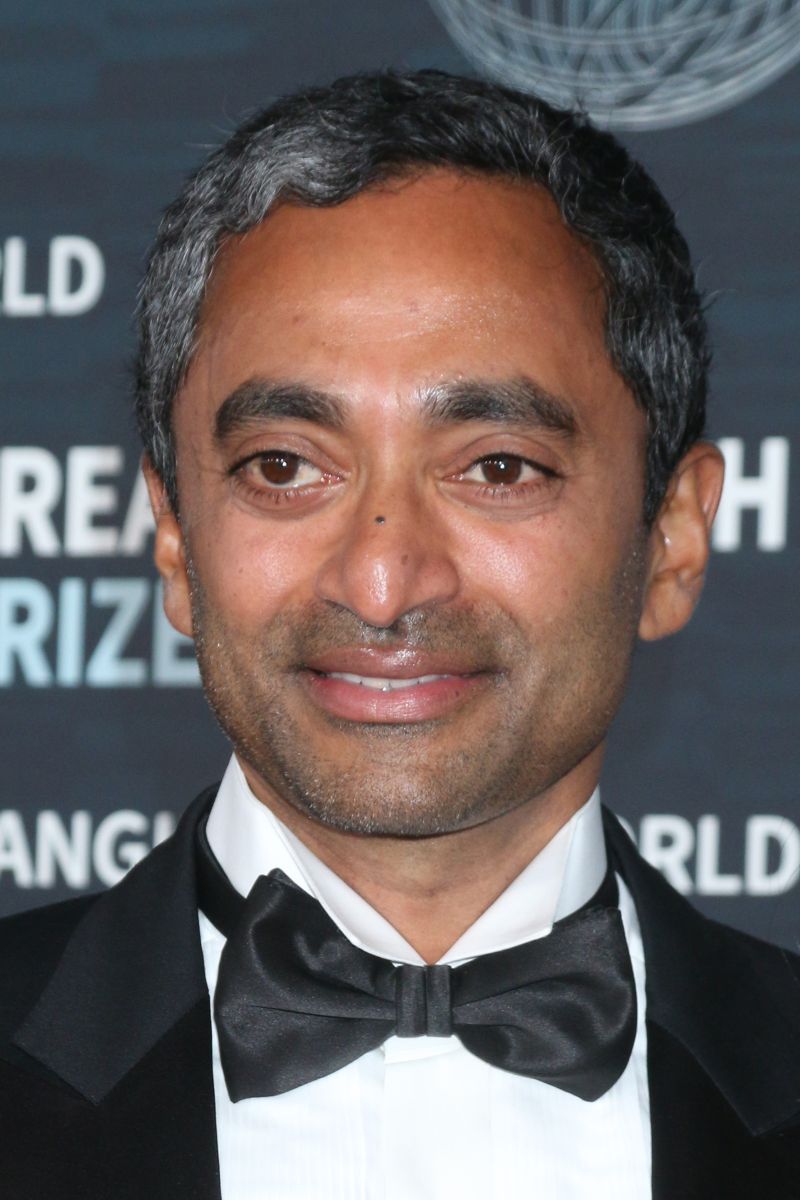‘There’s No Crying in the Casino’: The ‘SPAC King’ Chamath Palihapitiya is Back, But Warns Retail Investors They Could Lose It All

Chamath Palihapitiya — the venture capitalist who helped ignite the pandemic-era SPAC boom — has filed to return to Wall Street with a new blank-check company, American Exceptionalism Acquisition Corp., seeking $250 million and a New York Stock Exchange listing under the ticker “AEXA.” In its filing, the SPAC says it will hunt in strategically sensitive arenas for the U.S., flagging artificial intelligence (AI), energy production, decentralized finance, and defense as focus areas. The move marks Palihapitiya’s first new SPAC in several years, and a bid to reinsert himself into a market that has shown signs of life in 2025 after a deep post-boom slump.
The House Always Wins: You’ve Been Warned
What makes this comeback different is the tone. The prospectus pointedly cautions retail investors by invoking the now-viral line that there’s “no crying in the casino,” and urging small investors to view any participation as a small, fully risk-losable slice of a diversified portfolio. That warning — aimed straight at the same crowd that turbocharged Palihapitiya’s prior deals — is unusual for SPAC marketing, and underscores how the post-mania reckoning reshaped sponsor rhetoric.
The disclosure, in its entirety, warns retail investors:
“... we believe that this investment is most suitable for institutional investors, and retail investors should approach with caution, if at all. We believe that retail investors should only participate if (a) this investment is a small part of an otherwise diversified portfolio, (b) this investment is a quantum of capital they can afford to completely lose and (c) if they do lose their entire capital, they will embody the adage from President Trump that there can be ‘no crying in the casino.’”
No More Hefty Kick-SPACs
The economic deal also departs from traditional SPAC economics. According to coverage of the filing, Palihapitiya’s sponsor promote is 30% rather than the customary 20%, but it vests only if the merged company trades at least 50% above the $10 IPO price (or earlier upon a change of control). Santander U.S. Capital Markets is listed as the underwriter. Those features attempt to answer a common critique from the last cycle — namely, that sponsors profited handsomely even when public investors suffered.
Context matters here. The SPAC window has indeed reopened in 2025, aided by choppy traditional IPO conditions and a fresh round of serial sponsors. By mid-year, SPACInsider tallied 63 SPAC IPOs (19 in Q1 and 44 in Q2), and SPACs accounted for roughly 39% of all U.S. IPOs through June — far from the 2021 frenzy, but a decisive rebound from the 2023–2024 drought.
SEC and the City
Regulation is tougher, too. The SEC’s 2024 final rules now strip most blank-check deals of the forward-looking statements safe harbor, and demand enhanced projection and sponsor-conflict disclosures in both SPAC IPOs and de-SPACs. These changes are meant to align de-SPACs more closely with traditional IPO standards, and any AEXA deal will have to thread that needle.
Palihapitiya’s record will loom over this effort. He helped bring SoFi (SOFI) public in 2021 — a rare bright spot in the SPAC market and a stock that, at various points, has traded above its $10 base price—but many of his other high-profile de-SPACs, like Virgin Galactic (SPCE), Opendoor (OPEN), and Clover Health (CLOV), later slid well below their debut prices. Two of his vehicles — Social Capital Hedosophia IV (IPOD) and VI — were ultimately liquidated in 2022, returning about $1.5 billion to investors after failing to find targets before their deadlines. The mixed legacy has made him both a symbol of the boom’s promise and its pitfalls.
Still, Palihapitiya’s pitch is consistent with the argument he has made since his first SPAC in 2017: that blank-check vehicles can broaden access to public capital for innovative companies and serve as a “viable alternative” to banker-driven IPOs, especially in volatile markets.
Whether investors embrace AEXA will hinge on three things many SPACs struggled with last cycle: identifying a target with durable fundamentals; persuading shareholders not to redeem en masse; and structuring a transaction that can thrive under new SEC rules and higher-for-longer rates. The unusually blunt note to retail buyers in the prospectus suggests the sponsor knows the burden of proof is higher this time.
In short: the “SPAC King” is back, but the court has changed. AEXA bundles a hot-button investment theme — “American exceptionalism” — with a tighter regulatory regime, a chastened investor base, and sponsor economics meant to look more aligned. Whether that alchemy can produce a durable public company, and not just a headline, will be the real test of Chamath’s second act.
On the date of publication, Caleb Naysmith did not have (either directly or indirectly) positions in any of the securities mentioned in this article. All information and data in this article is solely for informational purposes. For more information please view the Barchart Disclosure Policy here.